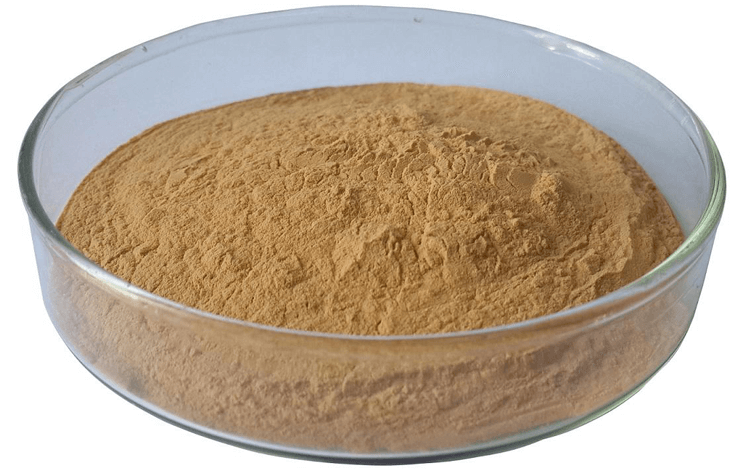Tea is a world-famous beverage in the world for its aroma and many health benefits. Many studies said that tea contains more than five hundred components and shows several activities. We know that Catechins are the most important element in tea. It provides a great health advantage by retarding extracellular matrix degradation and scavenging free radicals induced by pollution and UV radiation. Furthermore, catechins can affect our skin by inhibiting matrix metalloproteinase enzymes and activating collagen synthesis. Although it has some interest in dermatological product development, they have some limitations on our skin permeation. It provides physicochemical and Cutaneous metabolism properties of the molecules, such as partition coefficient, hydrophilicity, and chemical structure that are the major factors in influencing catechin skin permeation in our body. Moreover, the distribution in our skin layers of the gallate contains catechins which depend on our cutaneous metabolism. Many Pharmaceutical companies offer us a promising solution for improving our catechin skin permeation.
As we know Catechin is a part of the polyphenol compound that is available in many medicinal plants. The major sources of catechin are Camellia assumica and Camellia sinensis. Their leaves are fermented through various steps for producing different types of tea drinks. Tea polyphenols include some compounds of different chemical structures with many biological properties. The four catechins are epigallocatechin gallate (EGCG), epicatechin (EC), epigallocatechin (EGC), and epicatechin gallate (ECG). These are the most important constituents in the tea extract for our health benefits, such as anti-inflammatory, antibacterial, antioxidant, anti-obesity, and anti-arteriosclerosis. Due to the highest oxidation during the fermentation process in green tea extract. This EGCG and ECG always present the largest amount in all tea types.
However, the ratio of catechin depends on many factors, such as collecting season, climate, tea variety, leafage, a geochemical background of the soil and cultivation practices, environmental pollution, harvesting, and drying conditions as well as technological processes during the tea production. It uses some analytical methods used for extraction. Many catechins from tea leaves can be divided into two groups, these are galloyl catechin (EGCG and ECG) and an-galloyl catechin (EGC and EC). Some reports revealed that the catechins are important because of their present activities and metabolisms.
Recent studies indicated that ECG and EGCG present high effectiveness of free radical scavenging compared to other standard antioxidants, such as tocopherol, ascorbic acid, and Trolox because of the highest amount of hydroxy in the gallate group. Because of these most useful actions, tea catechins are applied to pharmaceutical, medical, and cosmetic products.
Wrinkles are a part of getting older. It can make our physical age older than others. Nowadays most people like to remove wrinkles from their bodies. Catechins in tea can easily reduce wrinkle production. When our skin begins to thin, collagen production in our body declines. We can lose moisture and elasticity. It makes us more prone to sagging and fine lines when we grow older.
Free radicals are very harmful to human health when it comes to our skin. Free radicals are one of the major culprits when it creates wrinkles and skin aging. These are linked to the development of other chronic diseases and cancer.
Many dietary and environmental factors and certain regular activities can expand the presence of destructive free radicals in our bodies. It includes exposure to environmental pollutants and sunlight like cigarette smoke, glycation, exhaust fumes, strenuous exercise, and elevated blood glucose levels from eating many sweet foods.
Free radicals can play a vital role in driving our skin aging when it breaks down collagen, which can decrease the elasticity and suppleness of the skin, along with destructing DNA, and promote inflammation in the skin. It can trigger inflammatory skin conditions such as eczema. It is a good decision to drink green tea regularly that is a great way to maintain our beautiful healthy skin and prevent any symptoms signs of aging. We know that green tea is rich in Polyphenols which are known as epigallocatechin-3-gallate and catechins. These powerful antioxidants can easily reduce premature skin aging. It has a great ability to provide protection against various types of cancers. EGCG can slow down collagen breakdown in our bodies. It can also help to regenerate our aging skin cells.


